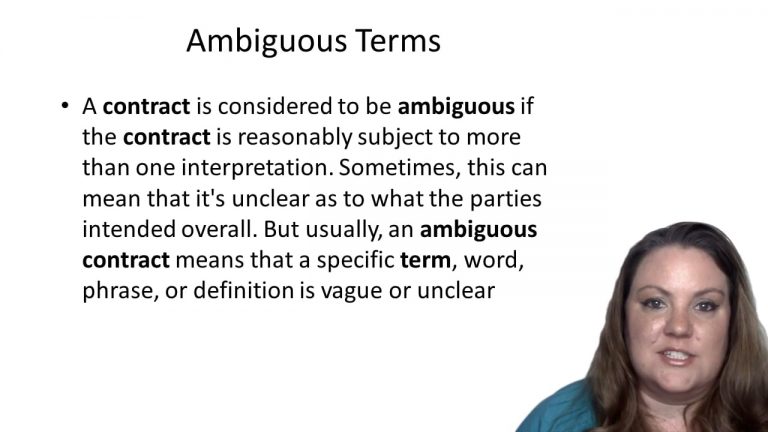SmartBrief
Confirm favorite deletion?
Contracts Keyed to Frier
Colfax Envelope Corp v. Local No. 458-3M, Chicago Graphic Communications Intern. Union, AFL-CIO
Citation:
20 F.3d 750 (7th Cir. 1994)Facts
Plaintiff hired employees to operate its two printing presses. These employees were represented by Defendant. Previously, Defendant would negotiate a collective-bargaining agreement with the Chicago Lithographers Association (CLA) and send a summary of the terms to Plaintiff for approval. If Plaintiff did not agree with those terms, it had the right to negotiate separately. The collective-bargaining agreement set the minimum manning requirements for each type of printing press. Plaintiff had two presses that were 78 inches wide and, under the existing collective-bargaining agreement, had to be manned by four employees each. When a summary of the newest changes to the agreement was sent to Plaintiff, the summary listed one of the manning requirements as “4C 60 Press-3 Men,” which Plaintiff interpreted as requiring presses 60 inches or wider to be manned by three employees. Finding this advantageous, Plaintiff agreed to the changes in the summary. Upon receiving the final agreement, Plaintiff learned that “4C 60 Press-3 Men” meant three men were required for presses of 60 inches or less. Plaintiff sought a declaration stating that no collective-bargaining agreement was created due to lack of agreement on an essential term. The union sought to compel arbitration because the agreement contained an arbitration clause. The district court ordered arbitration, finding that the contract was enforceable because the disputed term unambiguously referred only to 60-inch presses. Plaintiff appealed.
Only StudyBuddy Pro offers the complete Case Brief Anatomy*
Access the most important case brief elements for optimal case understanding.
*Case Brief Anatomy includes: Brief Prologue, Complete Case Brief, Brief Epilogue
- The Brief Prologue provides necessary case brief introductory information and includes:
Topic:
Identifies the topic of law and where this case fits within your course outline.Parties:
Identifies the cast of characters involved in the case.Procedural Posture & History:
Shares the case history with how lower courts have ruled on the matter.Case Key Terms, Acts, Doctrines, etc.:
A case specific Legal Term Dictionary.Case Doctrines, Acts, Statutes, Amendments and Treatises:
Identifies and Defines Legal Authority used in this case.
- The Case Brief is the complete case summarized and authored in the traditional Law School I.R.A.C. format. The Pro case brief includes:
Brief Facts:
A Synopsis of the Facts of the case.Rule of Law:
Identifies the Legal Principle the Court used in deciding the case.Facts:
What are the factual circumstances that gave rise to the civil or criminal case? What is the relationship of the Parties that are involved in the case.Issue(s):
Lists the Questions of Law that are raised by the Facts of the case.Holding:
Shares the Court's answer to the legal questions raised in the issue.Concurring / Dissenting Opinions:
Includes valuable concurring or dissenting opinions and their key points.Reasoning and Analysis:
Identifies the chain of argument(s) which led the judges to rule as they did.
- The Brief Prologue closes the case brief with important forward-looking discussion and includes:
Policy:
Identifies the Policy if any that has been established by the case.Court Direction:
Shares where the Court went from here for this case.
Topic Resources
Topic Refresher Course

 5m 13s
5m 13s